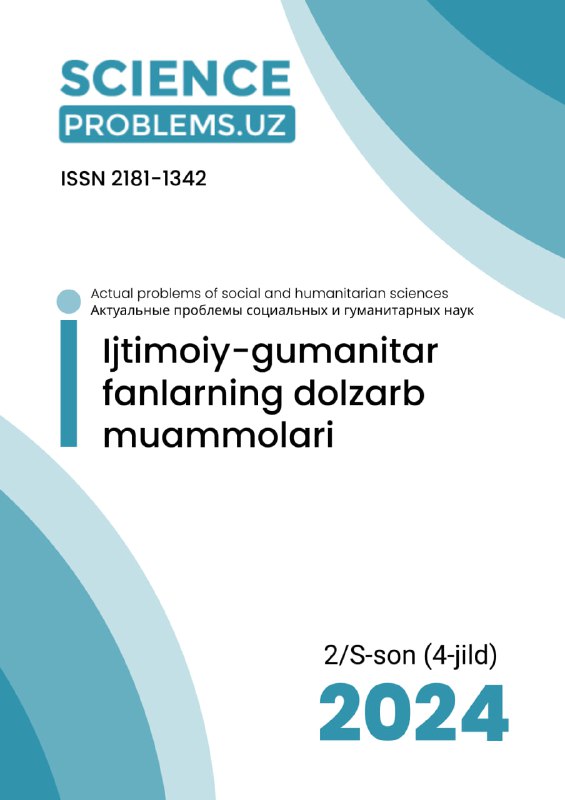ARTIFICIAL INTELLIGENCE IN STUDENTS’ EDUCATIONAL ACTIVITIES AND SCIENTIFIC RESEARCH: OPPORTUNITIES AND RESPONSIBLE LIMITS
DOI:
https://doi.org/10.47390/SPR1342V4SI2Y2024N54Keywords:
student, artificial intelligence, educational activity, scientific research, research activity, border, digital technology, moral value.Abstract
The article analyzes the theoretical basis of the problem of artificial intelligence: opportunities and responsible boundaries in the educational activities and scientific research of students. Possibilities of effective use of the artificial intelligence system in everyday life and, in particular, in the field of education are shown. According to the results of the analysis, the principles of ethical values that should be applied in the process of using artificial intelligence are systematized, the characteristics of using artificial intelligence in the educational activities and scientific research of students have been determined. In addition, it was determined that artificial intelligence as a modern pedagogical mechanism has important conceptual and methodological importance in the process of effective integration of education and science.
References
Talyzina, N.F. Talabalarning kognitiv faolligini shakllantirish ¬/ N.F. Talyzin. – M .: Bilim, 1983. – 96 b.
Taylaqov U.N. Elektron axborot ta’lim muhitini yaratish texnologiyalari: Monografiya. –T.: O‘zPFITI, 2016, ̶ 152 b.
Бекмурадов К.А., Ишанкулов А., Ганиева Н. Методическое указания к практическим занятиям по курсу «Интеллектуальных систем». Самарканд. 2009.
Weizenbaum J. ELIZA – a computer program for the study of natural language communication between man and machine. In Communication of the ACM. 1966. Vol. 9. No. 1. P. 36–45. DOI: https://doi.org/10.1145/365153.365168
6. Rubin P. A Conversation with Jaron Lanier, VR Juggernaut. The Wired : website. 2017. URL: https:// www.wired.com/story/jaron–lanier–vr–interview/ (Last accessed: 17.05.2023).
Biokibernetyka Mykoly Amosova [Nikolay Amosov’s Bio–cybernetics]. Informatsiini tekhnolohii v Ukraini : istorii ta osobystosti [History of computing in Ukraine]: website. Available at: http://ua.uacomputing.com/stories/nikolay–amosovs–bio–cybernetics (accessed: 25 May 2023).
Hinton G., Osindero S., Teh Y. (2006). A fast learning algorithm for deep belief nets. Neural Computation. Vol. 18. P. 1527–1554. DOI: https://doi.org/10.1162/neco.2006.18.7.1527
Джордж Ф. Люгер. Искусственный интеллект: стратегии и методы решения. 4–е изд. М.: Издательский дом «Вильямс», 2014. С. 864.
Глибовець М. М., Олецький О. В. Штучний інтелект: підручник. Київ: Вид. дім «КМ Академія», 2019. С. 4.
Qarshiyev J. M. Sun’iy intellekt tizimlari yordamida malaka oshirish ta’limi tinglovchilarining kognitiv kompetensiyalarini rivojlantirish. 13.00.01 – Pedagogika nazariyasi. Pedagogik ta’limotlar tarixi. Pedagogika fanlari bo‘yicha falsafa doktori (PhD) ilmiy darajasini olish uchun yozilgan dissertatsiya, Termiz–2023








